This article was co-authored by Mayami Oyanagi and by wikiHow staff writer, Eric McClure. Mayami Oyanagi is a Physical Therapist and the owner of PT STOP Physical Therapy & Wellness, an individualized physical therapy practice in Los Angeles, California. With over 14 years of experience, Mayami specializes in orthopedic injuries, manual therapy, and sports medicine. She holds an MS in Physical Therapy from the University of Hartford. Mayami is also a board certified Orthopedic Clinical Specialist. She treats the root cause of her client’s problems by utilizing biomechanical assessments.
There are 18 references cited in this article, which can be found at the bottom of the page.
This article has been viewed 202,779 times.
The sciatic nerve is the largest nerve in your body—it runs from the middle of your back to your toes. A variety of injuries and medical conditions can irritate this nerve, but sciatica is almost always symptomatic of a deeper underlying problem. If your pain doesn’t subside with a few weeks of at-home treatment, you should absolutely see a doctor to get this checked out. It’s normally not a serious problem, but your doctor will able to identify the source of your pain and help resolve the problem that’s causing your sciatica. In the meantime, there’s plenty that you can do at home to try and alleviate the pain!
Steps
Expert Q&A
-
QuestionHow can sciatica pain be prevented?
 David Schechter, MDDr. David Schechter is a physician in Culver City, California. With over 25 years of experience as a family and sports medicine physician, Dr. Schechter specializes in mind-body medicine, preventive medicine, and chronic pain. Dr. Schechter received his MD from New York University and is an attending physician at Cedars-Sinai Medical Center. He was named a Top Doctor by Los Angeles Magazine and Men's Health Magazine. He has also written several books, including The MindBody Workbook.
David Schechter, MDDr. David Schechter is a physician in Culver City, California. With over 25 years of experience as a family and sports medicine physician, Dr. Schechter specializes in mind-body medicine, preventive medicine, and chronic pain. Dr. Schechter received his MD from New York University and is an attending physician at Cedars-Sinai Medical Center. He was named a Top Doctor by Los Angeles Magazine and Men's Health Magazine. He has also written several books, including The MindBody Workbook.
Family Medicine Practitioner It's not possible to prevent something like this with absolute certainty, but regular exercise, proper posture, and maintaining a healthy weight will absolutely reduce the odds that you run into sciatic pain. But if you're really worried, just talk to your primary care doctor about it. They may be able to give you specific directions based on what they know about your medical history.
It's not possible to prevent something like this with absolute certainty, but regular exercise, proper posture, and maintaining a healthy weight will absolutely reduce the odds that you run into sciatic pain. But if you're really worried, just talk to your primary care doctor about it. They may be able to give you specific directions based on what they know about your medical history. -
QuestionWhat is sciatica?
 Karen Litzy, PT, DPTDr. Karen Litzy, PT, DPT is a licensed physical therapist, international speaker, owner of Karen Litzy Physical Therapy, PLLC, and the host of the Healthy Wealthy & Smart podcast. With over 20 years of experience, she specializes in a comprehensive approach to practicing physical therapy utilizing therapeutic exercises, manual therapy, pain education, and home exercise programs. Karen holds a Master of Science in Physical Therapy and a Doctor of Physical Therapy from Misericordia University. Karen is a member of the American Physical Therapy Association (APTA) and is an official spokesperson for the APTA as a member of their media corps. She lives and works in New York City.
Karen Litzy, PT, DPTDr. Karen Litzy, PT, DPT is a licensed physical therapist, international speaker, owner of Karen Litzy Physical Therapy, PLLC, and the host of the Healthy Wealthy & Smart podcast. With over 20 years of experience, she specializes in a comprehensive approach to practicing physical therapy utilizing therapeutic exercises, manual therapy, pain education, and home exercise programs. Karen holds a Master of Science in Physical Therapy and a Doctor of Physical Therapy from Misericordia University. Karen is a member of the American Physical Therapy Association (APTA) and is an official spokesperson for the APTA as a member of their media corps. She lives and works in New York City.
Physical Therapist Sciatica is an overarching term a lot of people use to refer to pain that shoots down one leg. Technically, it only refers to pain from a pinched or irritated sciatic nerve. Often, this pain is the result of back pain.
Sciatica is an overarching term a lot of people use to refer to pain that shoots down one leg. Technically, it only refers to pain from a pinched or irritated sciatic nerve. Often, this pain is the result of back pain. -
QuestionWhat is the best treatment for sciatica?
 Mayami OyanagiMayami Oyanagi is a Physical Therapist and the owner of PT STOP Physical Therapy & Wellness, an individualized physical therapy practice in Los Angeles, California. With over 14 years of experience, Mayami specializes in orthopedic injuries, manual therapy, and sports medicine. She holds an MS in Physical Therapy from the University of Hartford. Mayami is also a board certified Orthopedic Clinical Specialist. She treats the root cause of her client’s problems by utilizing biomechanical assessments.
Mayami OyanagiMayami Oyanagi is a Physical Therapist and the owner of PT STOP Physical Therapy & Wellness, an individualized physical therapy practice in Los Angeles, California. With over 14 years of experience, Mayami specializes in orthopedic injuries, manual therapy, and sports medicine. She holds an MS in Physical Therapy from the University of Hartford. Mayami is also a board certified Orthopedic Clinical Specialist. She treats the root cause of her client’s problems by utilizing biomechanical assessments.
Physical Therapist You have to talk to a doctor and physical therapist about this. There are no one-size-fits-all solutions for sciatica, and it definitely depends on what caused your symptoms in the first place.
You have to talk to a doctor and physical therapist about this. There are no one-size-fits-all solutions for sciatica, and it definitely depends on what caused your symptoms in the first place.
Warnings
- Intense stretching is capable of irritating your sciatic nerve, so go slow and don’t push yourself too hard.[28] Stop immediately if you experience any sciatic pain.⧼thumbs_response⧽
References
- ↑ https://www.nhs.uk/conditions/sciatica/
- ↑ https://www.nhs.uk/conditions/sciatica/
- ↑ https://www.health.harvard.edu/pain/sciatica-home-remedies-and-self-care
- ↑ https://pubmed.ncbi.nlm.nih.gov/26735316/
- ↑ https://www.health.harvard.edu/pain/sciatica-home-remedies-and-self-care
- ↑ https://www.health.harvard.edu/pain/sciatica-home-remedies-and-self-care
- ↑ https://www.slu.edu/facilities/risk-management-insurance/docs/fire-safety-tip.pdf
- ↑ https://www.mayoclinic.org/diseases-conditions/sciatica/diagnosis-treatment/drc-20377441
- ↑ https://www.iowaclinic.com/primary-care/acetaminophen-vs-ibuprofen-naproxen-which-pill-is-right-for-your-ills/
- ↑ https://www.nhs.uk/conditions/sciatica/
- ↑ https://www.mayoclinic.org/diseases-conditions/sciatica/diagnosis-treatment/drc-20377441
- ↑ https://www.mayoclinic.org/diseases-conditions/sciatica/diagnosis-treatment/drc-20377441
- ↑ https://pubmed.ncbi.nlm.nih.gov/21525139/
- ↑ https://www.ncbi.nlm.nih.gov/pmc/articles/PMC2729622/
- ↑ https://www.ncbi.nlm.nih.gov/pmc/articles/PMC4103716/
- ↑ https://pubmed.ncbi.nlm.nih.gov/26633090/
- ↑ https://medlineplus.gov/druginfo/meds/a694007.html
- ↑ https://www.mayoclinic.org/diseases-conditions/sciatica/diagnosis-treatment/drc-20377441
- ↑ https://www.ncbi.nlm.nih.gov/books/NBK470189/
- ↑ https://www.ncbi.nlm.nih.gov/books/NBK507908/
- ↑ https://pubmed.ncbi.nlm.nih.gov/32561431/
- ↑ https://www.ncbi.nlm.nih.gov/pmc/articles/PMC1895638/
- ↑ https://www.hopkinsmedicine.org/health/conditions-and-diseases/back-pain/5-questions-to-answer-before-considering-sciatica-surgery
- ↑ https://www.hopkinsmedicine.org/health/conditions-and-diseases/back-pain/5-questions-to-answer-before-considering-sciatica-surgery
- ↑ https://pubmed.ncbi.nlm.nih.gov/19083683/
- ↑ https://www.mayoclinic.org/diseases-conditions/sciatica/diagnosis-treatment/drc-20377441
- ↑ https://www.mayoclinic.org/diseases-conditions/sciatica/diagnosis-treatment/drc-20377441
- ↑ https://www.ncbi.nlm.nih.gov/pmc/articles/PMC3895530/
About This Article
To treat sciatica, start by resting and icing the affected area for 10-20 minute intervals 3-4 times per day. Additionally, take anti-inflammatories or muscle relaxers to ease the pain. Then, try low impact exercise and stretching to create support for the sciatic nerve by strengthening the muscles in the back and abdomen. You should also avoid sitting or standing for long periods of time, which can compress the injured area. Holistic methods such as acupuncture, chiropractic care, or massage therapy can also significantly lessen the pain. To learn how to prevent sciatica, keep reading!

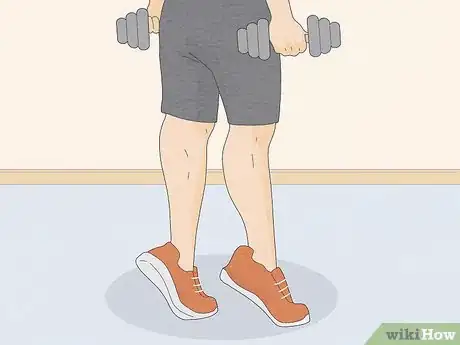
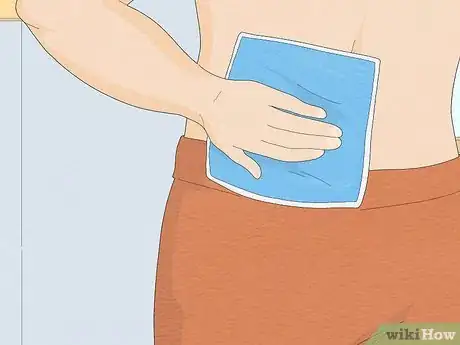
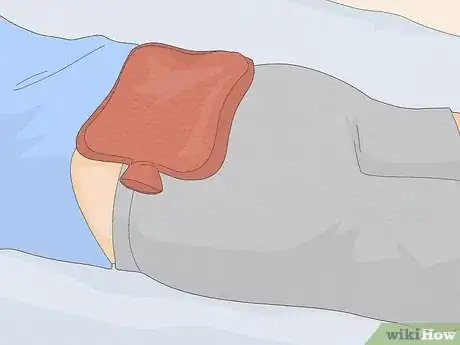
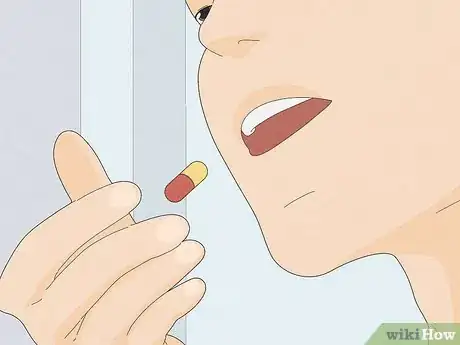
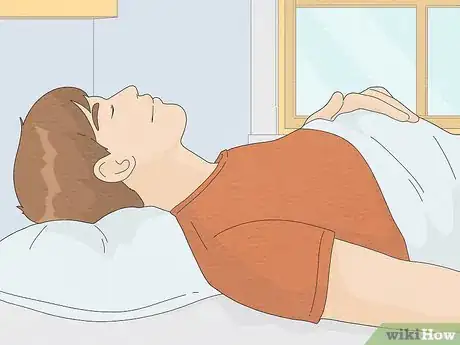

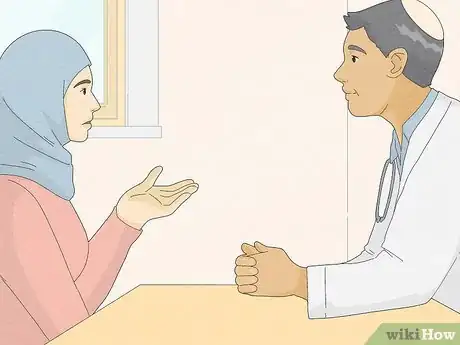
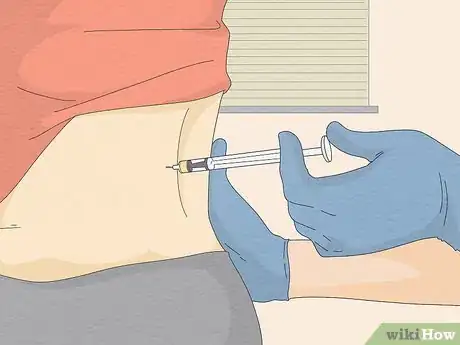
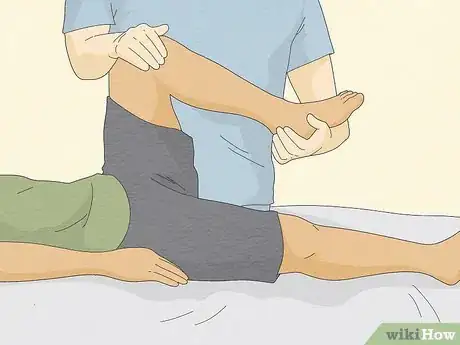
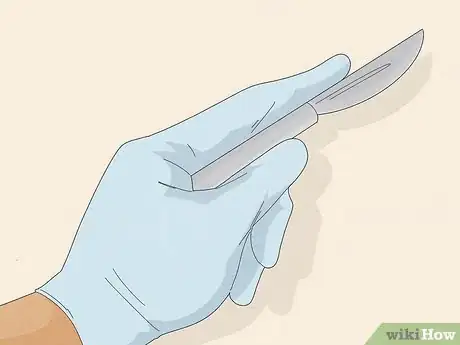

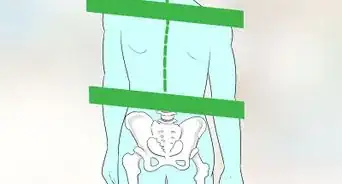

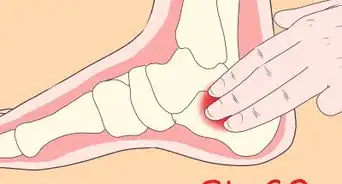



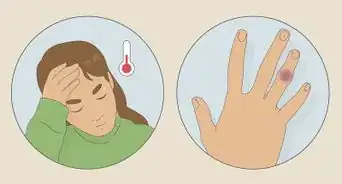



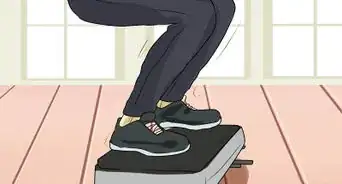

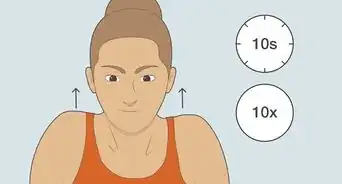










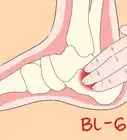



































Medical Disclaimer
The content of this article is not intended to be a substitute for professional medical advice, examination, diagnosis, or treatment. You should always contact your doctor or other qualified healthcare professional before starting, changing, or stopping any kind of health treatment.
Read More...